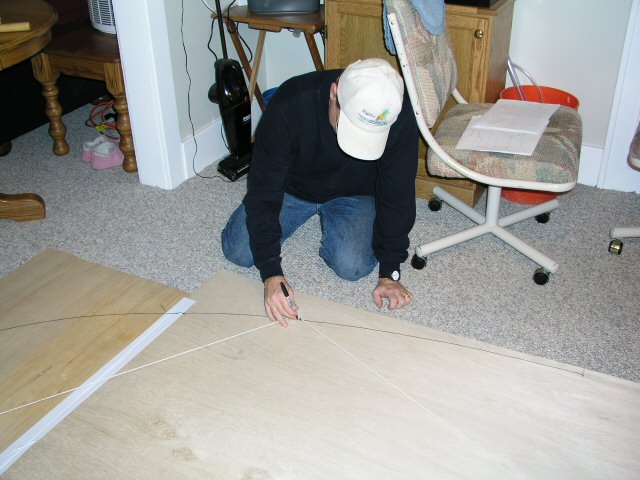Here's a different method that doesn't require strings, focus points off the edge of your plywood, or special software or math to figure lengths. It's an old-school way of drawing an ellipse as well as some other challenging shapes as well.
First, lets start with an ellipse ...
An ellipse is a curved shape which has a major axis and a minor axis 90° from each other. The curve is tangent to the axis (meets at 90°) as well. This enables a smooth transition to a line when the line is at a right angle to the end of the axis. For example ...
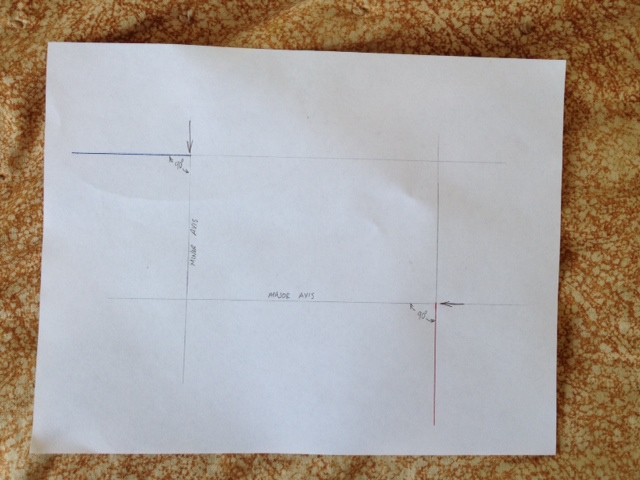
This image shows a blue line and a red line that may be connected smoothly by an elliptical curve without any bumps, lumps, or bulges. To do this, build a trammel. For my trammel I picked a piece of heavy cardboard that is a little bit longer than the major axis. I then placed a stylus (marking device) in one end. In this case it's a mechanical pencil. Then I put two additional points at the exact distance from the stylus for the length of each axis. In this case they are silver pin heads. Here's a picture ...
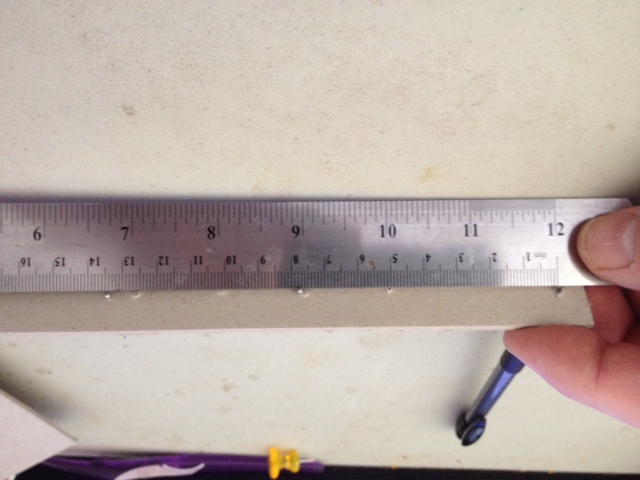
It is hard to see in the picture, but the pencil is at 0, there's a pinhead at 77 and another pinhead at 134. In actuality, I didn't measure those distances, I just held the trammel on the axis and placed the pin at the appropriate point. An important point here is that all three are in a straight line. Next, we need a guide for the pinheads to follow, so I used another piece of cardboard that has an accurate 90° angle ...
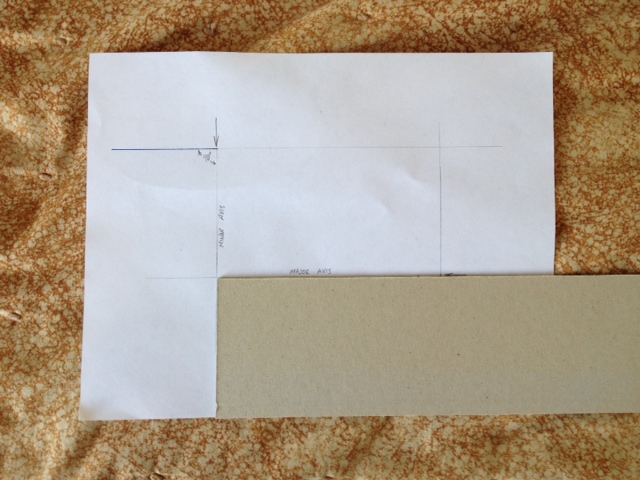
Notice the placement ... the guide follows the major axis and is an extension of the minor axis. In this picture it is bigger than it needs to be. It only needs to have sides as long as the difference of the two axis. Also, it doesn't have to be a solid piece, it can be anything that give you straight line guides. In real life, I often just clamp a framing square in place. Next we use the trammel to draw the curve ...
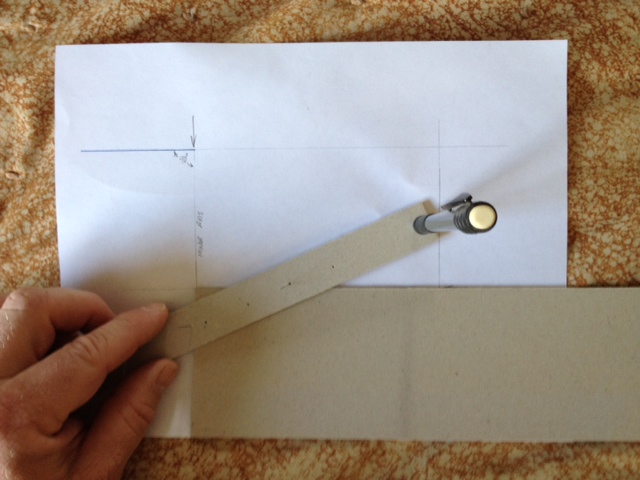
Carefully sliding the pinheads against the guide, the stylus will scribe an accurate elliptical curve. And here is the result ...
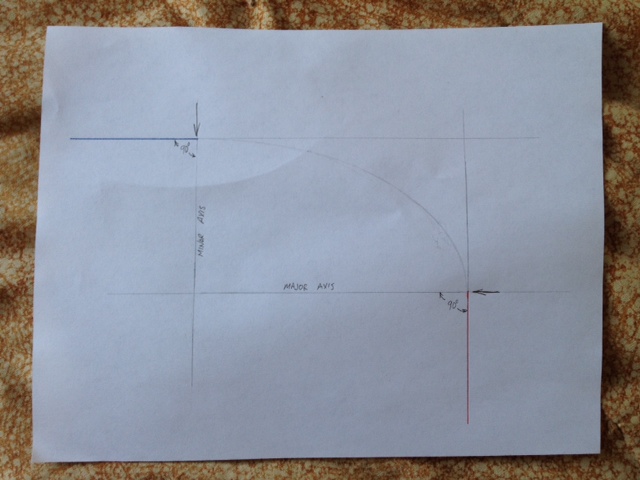
Now for something more challenging ... I am planning on building a Benroy style teardrop, however, I want it to "lean" toward the tow vehicle. In other words, the two flat planes (roof and front wall) are not at right angles to each other. Here's an example ...
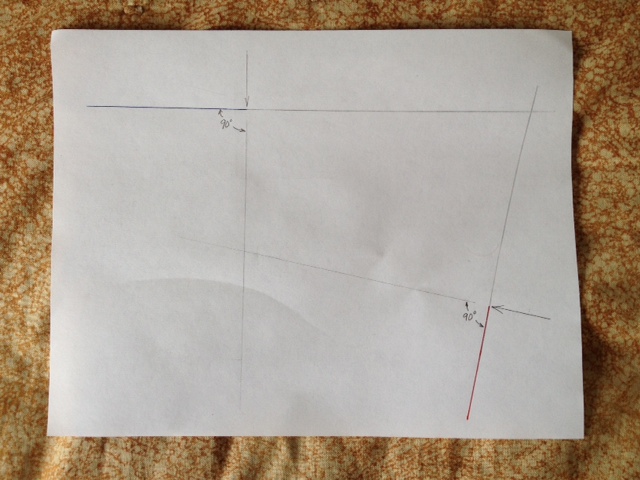
Notice that the red and blue lines are at an angle with each other and the axis lines no longer meet squarely. I drew these to the same dimensions as the first example so I could use the same trammel. However, I need a new guide that looks like this ...
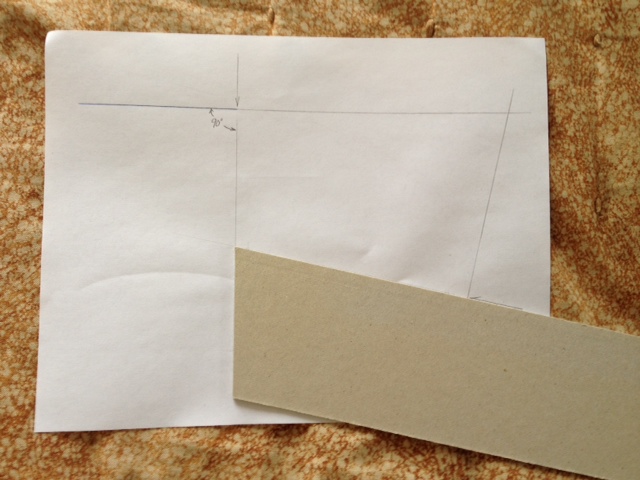
Notice again here that the guide follows the major axis and is an extension of the minor axis. Use the trammel just like before ...
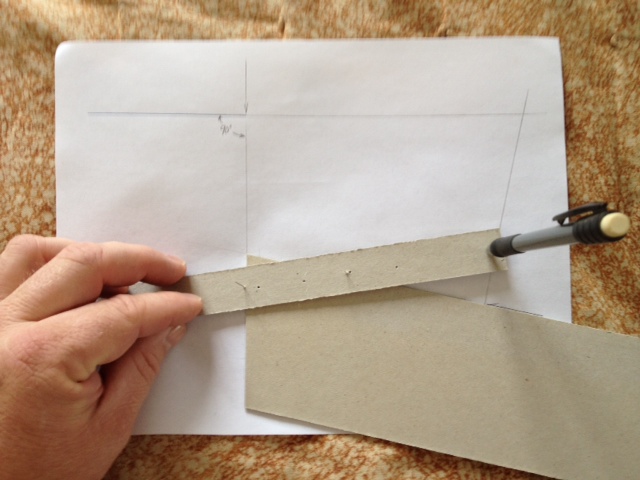
And the resulting curve ...
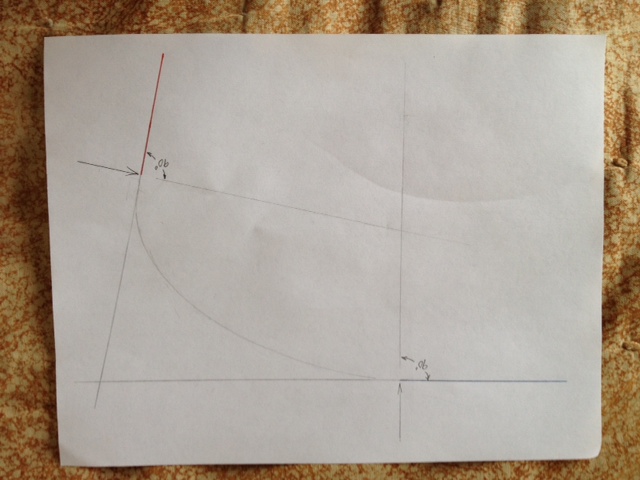
For some reason the picture is upside down, but you get the idea. Personally, I find this a whole lot easier than stretchy string, odd measurements, and so on, plus it has the advantages of smoothly transitioning between any two curves or lines.


